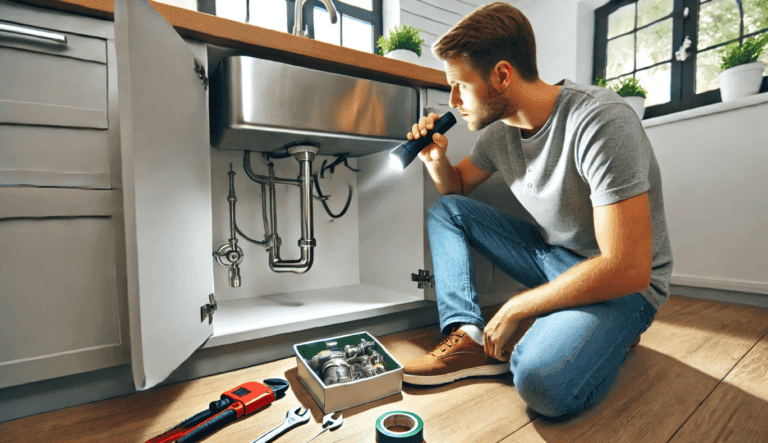
How’s the roof?
This is a pretty broad question but gets asked at almost every inspection. The roof system has several components. The shingles (covering material), Chimneys, Flashing, Vents and Gutters (eaves troughs).
This blog is going to focus on the shingles or the covering material.
There are a few different ways to inspect the shingles.
- Walking on the roof. In my opinion the best way to inspect the shingles.
- Remote camera or drone. Also good but does not give you the feel of the roof. I personally use and Eye-Stick remote camera setup. Drones require special licensing.
- From a ladder. Again gives you a closer view.
- From the ground.
- Not at all. What? Wait? Not at all?? We normally have snow on the roof several months of the year. It is not possible to inspect the roof when it is covered with snow.
So why not walk on every one?
There are many safety reasons not to.
- Snow covered
- Raining
- Windy
- Slope (too steep)
- Material (damage can occur if not walked on correctly)
- Damaged roof ( rotten material, dangerous to be on)
Some of the most common shingle materials are:
- Asphalt
- Wood
- Tile
- Metal

What we’re inspecting for: leaking, damaged, deteriorated, lifting, curling, loose, missing, Ice damming (winter) etc.

Your inspection report will contain a section on the condition of the roofing systems. If required you should make any repairs or full replacement as soon as possible to avoid damage to the interior of your new home.
When a roof is damaged, it can be a costly issue to repair. Not only will you have to pay to have it fixed, but you may also have to pay for damages that occur as a result of the leak. Water damage can be very costly to repair, so it is important to make sure itsis in good condition. If you are unsure whether or not it needs repairs, you can contact a roofing contractor to get an estimate.
Learn More
Click here to learn more about the entire home inspection process.

